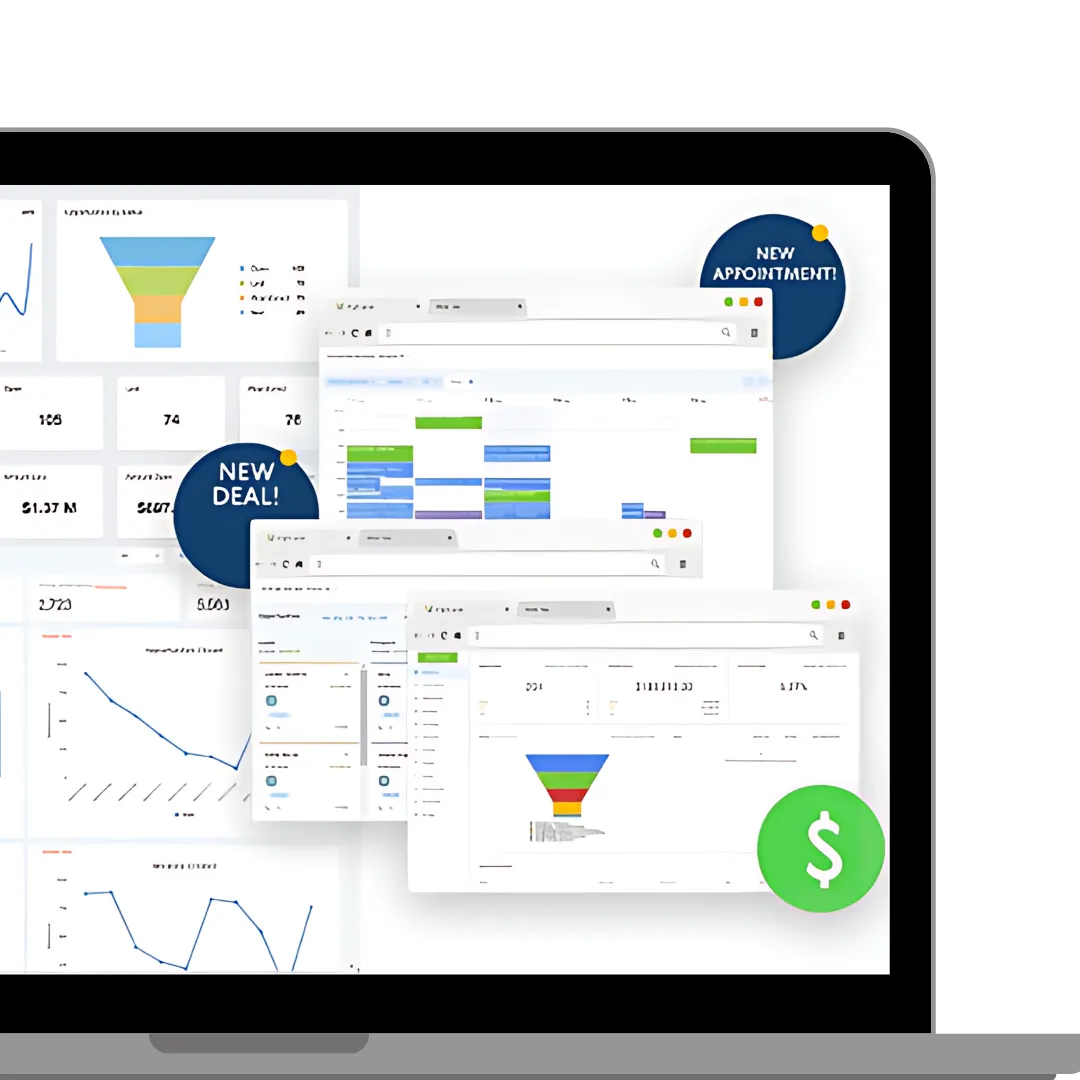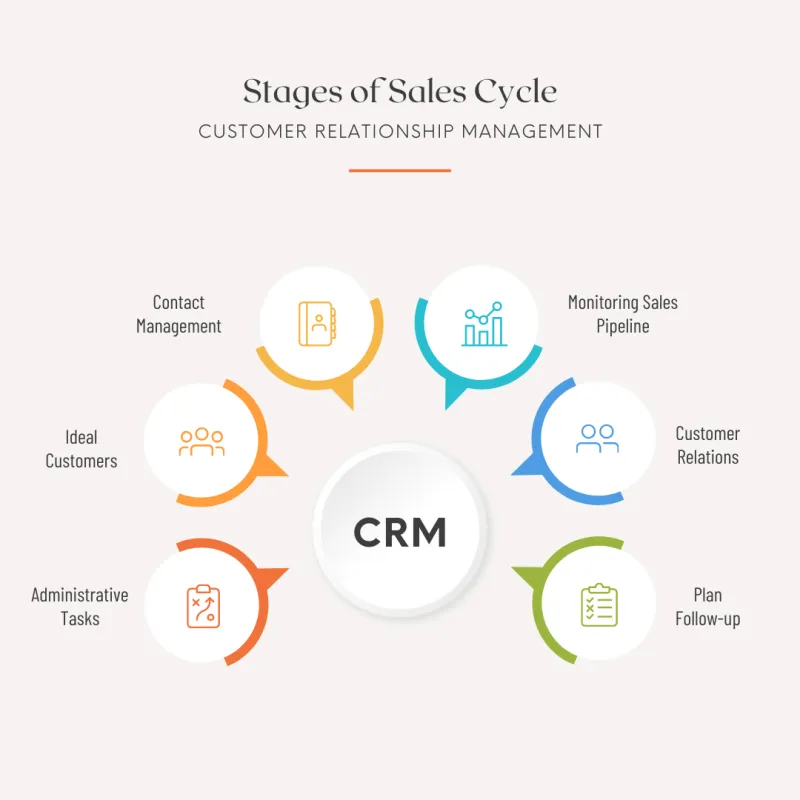
Unlocking Growth: Harnessing the Power of Customer Feedback
In today’s competitive business landscape, understanding your customers is more crucial than ever for small to medium-sized businesses striving for growth. Imagine having a treasure map that guides you to precisely what your customers want and need—this is the essence of leveraging customer feedback. By tapping into the genuine insights shared by your audience, you can transform potential challenges into opportunities for product enhancement and strategic marketing. In this post, we delve into how listening to your customers not only refines your offerings but also propels your business toward sustained success. Join us as we explore the transformative power of customer feedback and discover how to turn insights into impactful actions.
Understanding Customer Feedback
Customer feedback is the cornerstone of business growth and improvement. This section explores the importance of listening to your customers and why their input is crucial for success.
The Power of Listening

Listening to customers is more than just hearing their words; it’s about understanding their needs, desires, and pain points. This deep understanding forms the foundation of customer-centric business strategies.
Active listening involves engaging with customers across various touchpoints, from social media to support channels. It requires empathy and a genuine desire to improve their experience.
By truly listening, businesses can uncover valuable insights that may not be apparent through traditional market research methods. This approach often leads to innovative solutions and stronger customer relationships.
Why Feedback Matters

Customer feedback is the lifeblood of business evolution. It provides direct insights into what’s working and what needs improvement, guiding product development and service enhancements.
Feedback helps businesses:
Identify areas for improvement
Validate or challenge assumptions
Prioritize development efforts
Enhance customer satisfaction and loyalty
Moreover, actively seeking and responding to feedback demonstrates that a company values its customers’ opinions, fostering trust and long-term loyalty.
Product Enhancement Through Feedback
Customer feedback is a powerful tool for driving product innovation and improvement. This section explores how businesses can transform customer insights into tangible product enhancements.
Turning Insights into Innovation

Transforming customer feedback into product innovations requires a systematic approach. It begins with collecting and analyzing feedback to identify patterns and opportunities.
The next step involves prioritizing feedback based on factors such as frequency, impact, and alignment with business goals. This helps focus resources on the most valuable improvements.
Cross-functional collaboration is key to successful implementation. Product teams, engineers, and customer service representatives should collaborate to develop solutions that effectively address customer needs.
Real-life Success Stories
Case Study: Tech Startup
A software startup changed its product based on customer feedback. They added a feature suggested by users, which increased engagement by 40%. They also solved a common issue, cutting customer support requests by 30%. By improving the user interface from feedback, they boosted user retention by 25%.
Key Takeaway: By listening to and acting on customer feedback, the startup enhanced its product and significantly improved its business performance.
Marketing Strategies Driven by Feedback
Customer feedback can be a goldmine for marketing teams, providing insights that shape more effective and targeted campaigns. This section explores how to leverage customer input in marketing efforts.
Tailoring Campaigns to Customer Needs

Customer feedback offers invaluable insights into your target audience’s language, preferences, and pain points. This information can be used to craft marketing messages that resonate more deeply with potential customers.
By analyzing feedback, marketers can identify a product or service’s most compelling features or benefits. This allows for the creation of campaigns that highlight what customers value most.
Feedback-driven marketing also enables businesses to proactively address common objections or concerns, increasing the effectiveness of marketing efforts and improving conversion rates.
Leveraging Data for Better Results

Data from customer feedback can significantly enhance marketing strategies when properly analyzed and applied. Here’s how:
Segment customers based on feedback to create more targeted campaigns
Use customer language and terminology in marketing materials for better resonance
Identify trends in customer preferences to inform product positioning
Measure the impact of marketing efforts through ongoing feedback collection
By continuously incorporating customer insights, marketing teams can create more dynamic, responsive, and effective campaigns.
Tools and Techniques for Gathering Feedback
Effective feedback collection is crucial for gaining actionable insights. This section covers best practices and innovative methods for gathering customer feedback.
Best Practices for Effective Surveys

Surveys remain a powerful tool for collecting customer feedback when done right. Here are the key best practices:
Keep surveys short and focused to improve completion rates
Use a mix of question types (multiple choice, rating scales, open-ended) for comprehensive insights
Time surveys strategically, such as after a purchase or customer service interaction
Ensure mobile-friendliness for surveys to capture feedback on the go
Remember to test surveys before full deployment and analyze results promptly to act on insights quickly.
Innovative Feedback Collection Methods
Beyond traditional surveys, businesses can employ creative methods to gather customer feedback:
In-app feedback tools for real-time user insights
Social media listening to capture unsolicited feedback
Interactive chatbots for guided feedback collection
Video feedback for richer, more nuanced insights
These methods can provide a more holistic view of customer experiences and preferences, complementing traditional survey data.
Overcoming Challenges in Feedback Utilization
While customer feedback is valuable, businesses often face obstacles to effectively using it. This section addresses common challenges and strategies for overcoming them.
Addressing Common Obstacles

One major challenge is the sheer volume of feedback, which can be overwhelming. Implementing a robust feedback management system can help categorize and prioritize input effectively.
Another obstacle is resistance to change within the organization. Overcoming this requires strong leadership support and a culture that values customer input.
Ensuring the quality and representativeness of feedback is also crucial. Businesses should strive for a diverse range of feedback sources to avoid bias and gain a comprehensive view.
Learning from Negative Feedback
Negative feedback, while sometimes difficult to hear, can be incredibly valuable for business improvement. Here’s how to approach it constructively:
Respond promptly and professionally to show customers they’re heard
Analyze the root causes of negative feedback to identify systemic issues
Use negative feedback as an opportunity for service recovery and customer retention
Share insights across the organization to prevent similar issues in the future
By viewing negative feedback as a growth opportunity, businesses can turn challenges into catalysts for positive change.
Actionable Steps for Business Growth
Translating customer feedback into tangible business growth requires a strategic approach. This section outlines practical steps for implementing feedback-driven improvements.
Implementing Feedback for Success
To effectively implement customer feedback:
Establish a clear process for feedback collection and analysis
Prioritize actionable insights based on potential impact and feasibility
Set specific, measurable goals for improvements based on feedback
Assign responsibility for implementation to relevant teams or individuals
Monitor progress and adjust strategies as needed
Remember, successful implementation often requires cross-functional collaboration and a commitment to customer-centric decision-making.
Enabling Continuous Improvement
Creating a culture of continuous improvement based on customer feedback involves:
Regular review and analysis of feedback trends
Encouraging employee engagement with customer insights
Celebrating successes and learning from setbacks
Integrating feedback into key performance indicators (KPIs)
By making customer feedback a central part of business operations, companies can stay agile and responsive to evolving customer needs.
Making Feedback Work for You
Maximizing the value of customer feedback often requires expertise and strategic planning. This final section explores how businesses can leverage professional support and plan for long-term success.
Partnering with Experts
Collaborating with feedback and customer experience experts can significantly enhance a business’s ability to leverage customer insights. These professionals can provide:
Advanced analytics capabilities for deeper insights
Best practices in feedback collection and implementation
Objective perspectives on customer experience improvements
Expertise in translating feedback into actionable strategies
By partnering with experts, businesses can accelerate their growth and avoid common pitfalls in feedback utilization.
Planning Your Next Steps
To make the most of customer feedback:
Assess your current feedback processes and identify areas for improvement
Set clear goals for how you want to use customer insights
Develop a roadmap for implementing feedback-driven changes
Invest in tools and training to support your feedback initiatives
Regularly review and refine your approach based on results
Remember, leveraging customer feedback is an ongoing process. Continual refinement and adaptation are key to long-term success.













